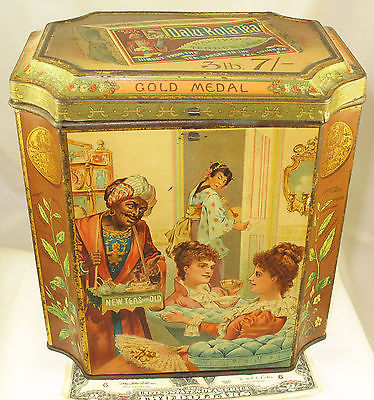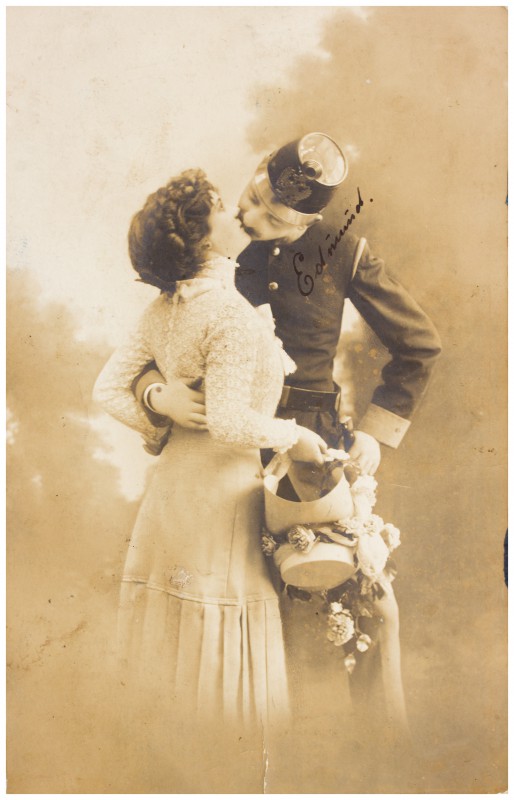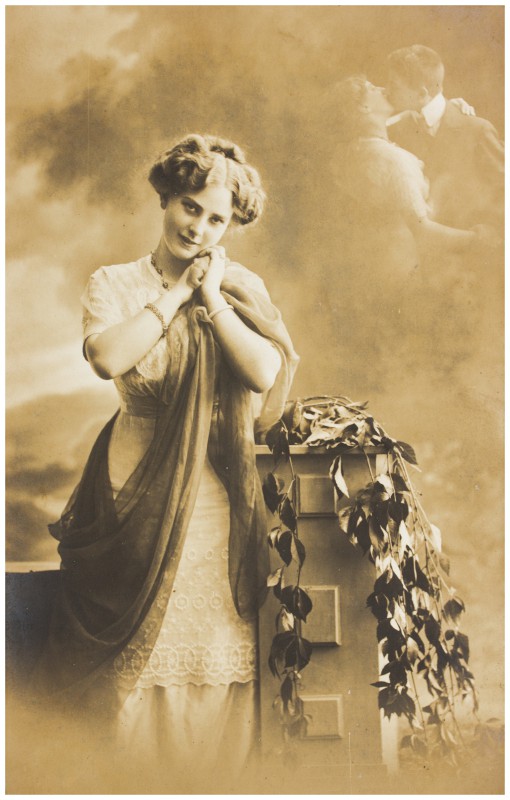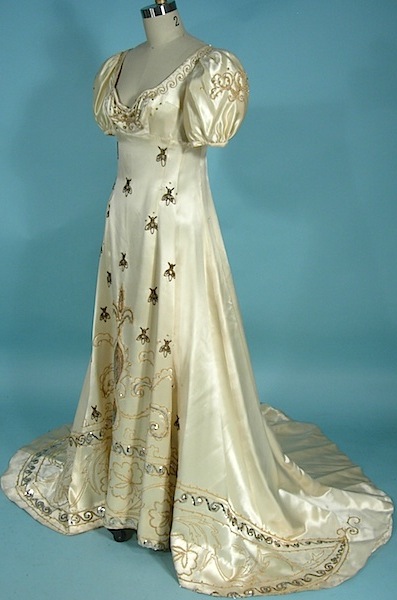Words – many words used in Regency times were not the same words that we use now, for the same thing. Often, however, it is possible to see how today’s words evolved from the words used then.
Here are just a few classic examples:
Megrim – in Regency times, this was the word often used to describe a bad headache. It has evolved into today’s word – migraine.
Canker – the term ‘a canker’ was used to describe almost any growth, in or on the body, especially those that were hard or impossible to heal. The modern day use of the word ‘cancer’ to describe diseases which involve a difficult, or impossible, to heal growth in the body largely derives from this word.
Linen Draper – a merchant who sold fabric – derived from the idea that they would drape the fabrics for display, so that the fall could be seen. From this evolved the term of a Draper, for a seller of material, which could still be found in use until around 30 years ago, and also the term of ‘drapery’ referring to curtains.
Pianoforte – the original term for what we now know as a Piano. The instrument was an evolution from the harpsichord and other similar instruments, and was notable for having the ability to play at loud or soft levels – which the previous instruments did not. The name is a combination of the Italian words for soft and loud.
Post Chaise – a larger carriage or coach, pulled by either two or four horses, where one of the leading horses was ridden by a man called a ‘post boy’ who ensured that the horses stayed well controlled and correctly placed on the road. The word that we have kept from this, still in use today, is the term for rising to the trot when riding a horse – it is called ‘posting to the trot’.
There are hundreds of equally interesting words, and usages from the period, that have influenced our language today – this is just a short sampler. When you read books set in the Regency period, do you just accept the words ? or do they fascinate you enough for you to go and look them up? Would you like more articles about this sort of thing?
 obtained from China), so it was extremely expensive. The tea storage box was usually locked, and kept under lock and key by the housekeeper in noble households. What was often spoken of as ‘tea’ was usually a herbal tisane or infusion, made from herbs that grew in England – very little ‘tea’ was actually tea. Tea was rarely taken with milk – generally, a slice of lemon was added, if anything.
obtained from China), so it was extremely expensive. The tea storage box was usually locked, and kept under lock and key by the housekeeper in noble households. What was often spoken of as ‘tea’ was usually a herbal tisane or infusion, made from herbs that grew in England – very little ‘tea’ was actually tea. Tea was rarely taken with milk – generally, a slice of lemon was added, if anything.




 special! Book Four is Charlotte’s story (she’s the sister of Blanchette who is the heroine of Book Two), and introduces some other characters that you will meet again in later books!
special! Book Four is Charlotte’s story (she’s the sister of Blanchette who is the heroine of Book Two), and introduces some other characters that you will meet again in later books!